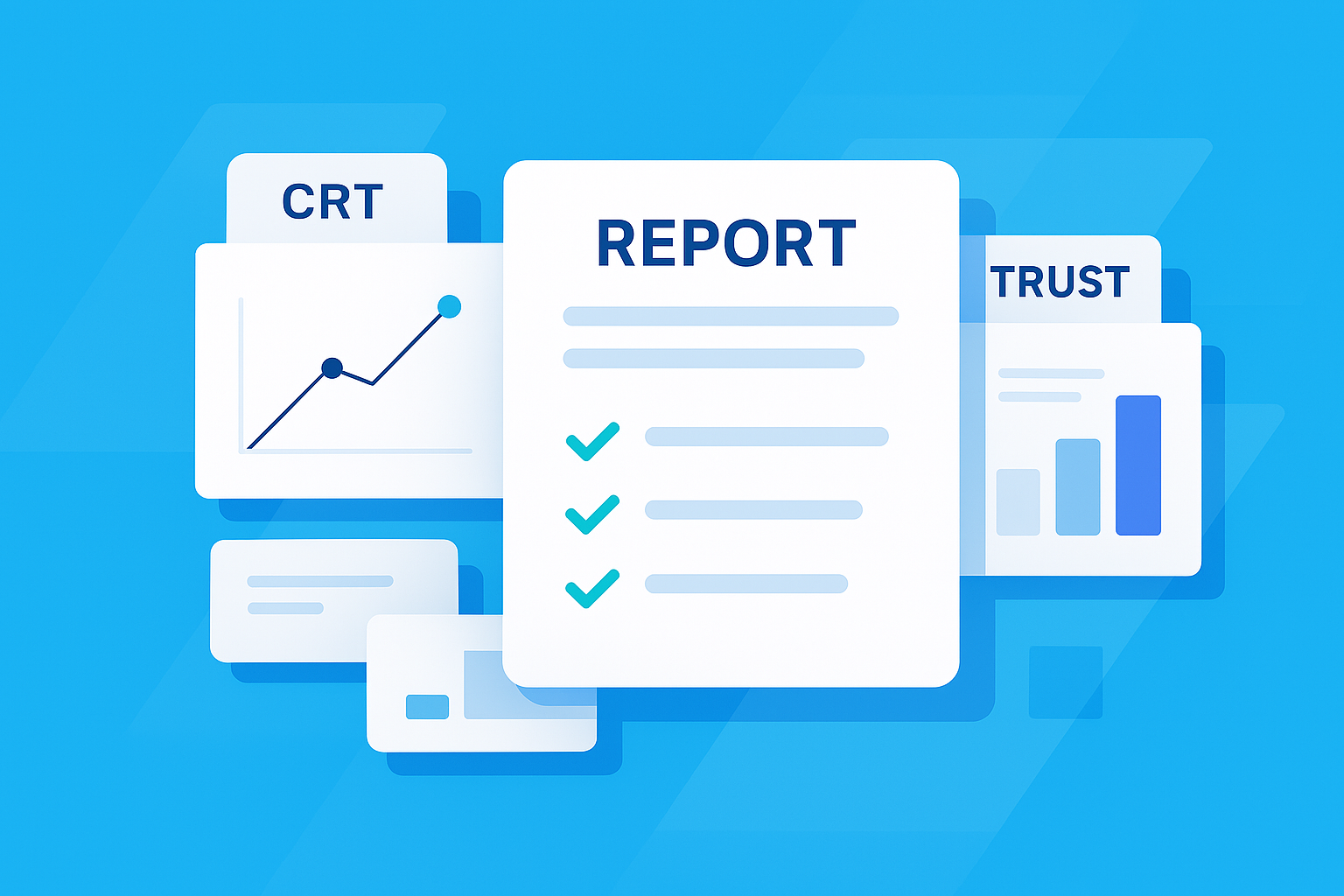Gifting to Donor Advised Funds (DAFs) and investing in short-term rental real estate are two popular strategies for offsetting ordinary income tax. How do you know which one is right for you? This article explains what these strategies are and when they make sense.
Key Highlights and Takeaways
- Two Ordinary Income Tax Strategies: Both strategies can offset ordinary income tax at least to some extent.
- DAFs are a Charitable Giving Strategy with Ancillary Tax Benefits: People often think of DAFs as a tax-saving strategy. While gifting to a DAF can reduce your tax bill, you won’t come out ahead personally by doing so. You might get back 50 cents for every dollar you put in a DAF. But that’s okay, because DAFs are vehicles for charitable giving. Assuming you’re looking to support charity in a significant way, DAFs can make a lot of sense. The tax benefits just aren’t that large.
- Investing in Short-Term Rental Real Estate Yields Tax Savings and Returns: Short-term rentals can yield large deductions as well as ongoing income from the rentals.
What are Donor Advised Funds (DAFs)?
A Donor Advised Fund (DAF) is a charitable giving account. When a donor contributes cash, securities, or other assets to a DAF, the donor receives an immediate tax deduction. That deduction can offset capital gains or ordinary income. The donor can then recommend grants to charities from the fund. DAFs are popular because they provide immediate tax benefits while allowing for strategic charitable giving at the donor’s leisure.
What are a DAF’s Tax Consequences?
While a DAF is a relatively tax-efficient and flexible way of supporting charity, it is not a pure tax play. If your goal is just to save taxes, giving to a DAF will not make sense. Someone in the 40% marginal tax bracket who gives $100 to a DAF will only receive $40 in tax savings. The charity will get the full $100, but the taxpayer will be out, on net, $60 (perhaps a little less if the asset was appreciated and would have generated capital gain on a sale).
Benefits of DAFs:
- Immediate Tax Deduction: Donors receive a tax deduction in the year the contribution is made, regardless of when the funds are distributed to charities.
- Tax-Free Growth: Contributions to a DAF can grow tax-free, allowing for potentially larger future charitable donations (though you do not receive an additional charitable deduction for this growth).
- Flexibility in Giving: Donors have the flexibility to make grants to multiple charities over time and don’t need to decide which charities to support until at some point after the assets have been contributed to the DAF.
Drawbacks of DAFs:
- Irrevocable Contributions: Once assets are donated to a DAF, they cannot be reclaimed by the donor.
- Fees and Management Costs: DAFs are managed by sponsors, which may charge administrative fees.
- Negative Financial Transaction: The assets you give away will be worth more than the tax benefits you receive in return, which is why you need to be philanthropically minded for this to make sense!
What is an Ideal Use Case?
Astrid is a married New Yorker earning $1,200,000 per year. Her annual tax bill is $550,000. She isn’t particularly focused on tax mitigation, but she’s passionate about her favorite charity: the Boys & Girls Club. Astrid wants to give six figures to charity each year, ideally in a relatively tax-efficient way. Astrid could sell $250,000 of her appreciated investments, pay $50,000 in taxes and donate the remaining $200,000, or she could directly donate $200,000 of stock to the DAF, have the DAF sell the stock tax free, and then the DAF could donate the money to the Boys & Girls Club! Using the DAF allows Astrid to avoid capital gains taxes. Of course, Astrid would have been better off personally if she had just kept the stock for herself. But given her philanthropic goals, gifting to a DAF may make sense for her.
What are Short-Term Rentals?
Short-term rentals are residential properties that are rented out for a short duration, often through platforms like Airbnb or VRBO. These rentals can generate income while offering substantial tax benefits, including deductions for depreciation, mortgage interest, and other expenses.
How are Short-Term Rentals Treated for Tax Purposes?
Income generated from short-term rentals is considered active income, which allows property owners to deduct ordinary expenses such as property management fees, maintenance costs, utilities, and mortgage interest. Additionally, property owners can depreciate a property over time, further reducing their taxable income. If the property owner actively participates in the rental activities, they may be able to offset other forms of active income with losses from the rental property.
Benefits of Short-Term Rentals:
- Income Generation: Renting out a property for short durations can generate substantial income, often more than traditional long-term leases (but with higher volatility).
- Lower Material Participation Standard: If the average length that your tenants stay in your property is less than seven days, you can meet the material participation standard by spending either 100 hours on the rental activity each year (and more than anyone else spends on the rental) or a total of 500 hours working on the rental business throughout the year. The typical real estate professional standard for material participation requires either 500 hours spent on the rental activity or a total of 750 hours spent on the business.
- Tax Deductions: Property owners can deduct a wide range of expenses, including mortgage interest, property taxes, repairs, and depreciation.
Drawbacks of Short-Term Rentals:
- Management Burden: Managing a short-term rental can be time-consuming, involving frequent tenant turnover, cleaning, and property maintenance.
- Regulatory Risks: Many cities and municipalities have strict regulations regarding short-term rentals that are rapidly changing, which can impact the viability of these investments.
- Income Volatility: Beyond regulatory risks, rapidly changing supply, demand, and platform take rates can dramatically change the income and value of these properties.
What is an Ideal Use Case?
Peter, a married New Yorker earning $1,200,000 per year, has historically invested only in stock indexes. Tired of paying $550,000 of tax on his salary each year, Peter purchases a $500,000 house and lists it on Airbnb. He deducts 60% of this amount as depreciation in the first year, reducing his taxable income by $300,000 that year. If his marginal tax rate is 51%, that will save him close to $153,000, effectively reducing his taxes this year from $550,000 to under $400,000 (not including the income he generates from the rental).
Why Choose One Strategy or the Other?
Gifting to DAFs and investing in short-term rentals accomplish different things. Both provide upfront tax deductions. But DAFs support charities, while short-term rentals generate investment returns. When choosing between these two strategies, the key question is: What are you trying to accomplish? If your goal is simply to maximize tax savings, then it may be a close call. If your goal is to maximize total returns, short-term rentals may be a better choice.
Conclusion
Gifting to Donor Advised Funds and investing in short-term rentals are both viable tax strategies, but they serve different objectives. Hopefully this article has given you a better idea of what each strategy entails, and whether one or the other might be a better fit.
About Valur
We’ve built a platform that makes advanced tax planning – once reserved for ultra-high-net-worth individuals – accessible to everyone. With Valur, you can reduce your taxes by six figures or more, at less than half the cost of traditional providers.
From selecting the right strategy to handling setup, administration, and ongoing optimization, we take care of the hard work so you don’t have to. The results speak for themselves: our customers have generated over $3 billion in additional wealth through our platform.
Want to see what Valur can do for you or your clients? Explore our Learning Center, use our online calculators to estimate your potential savings or schedule a time to chat with us today!






























